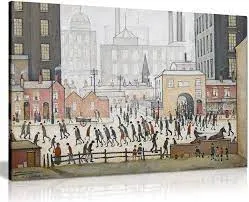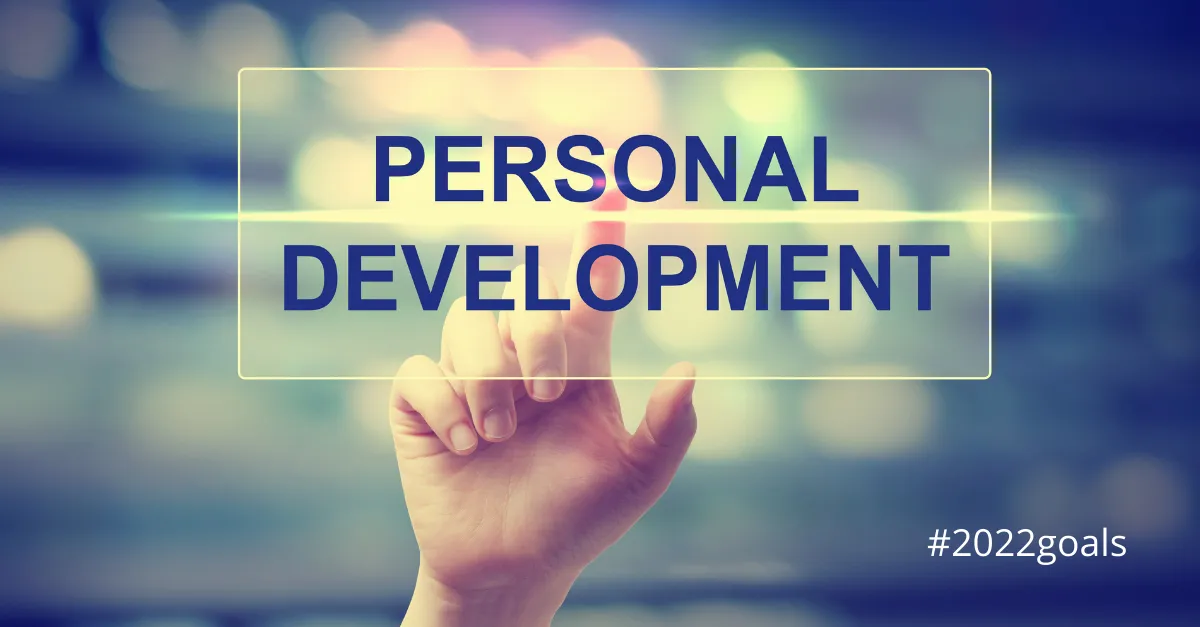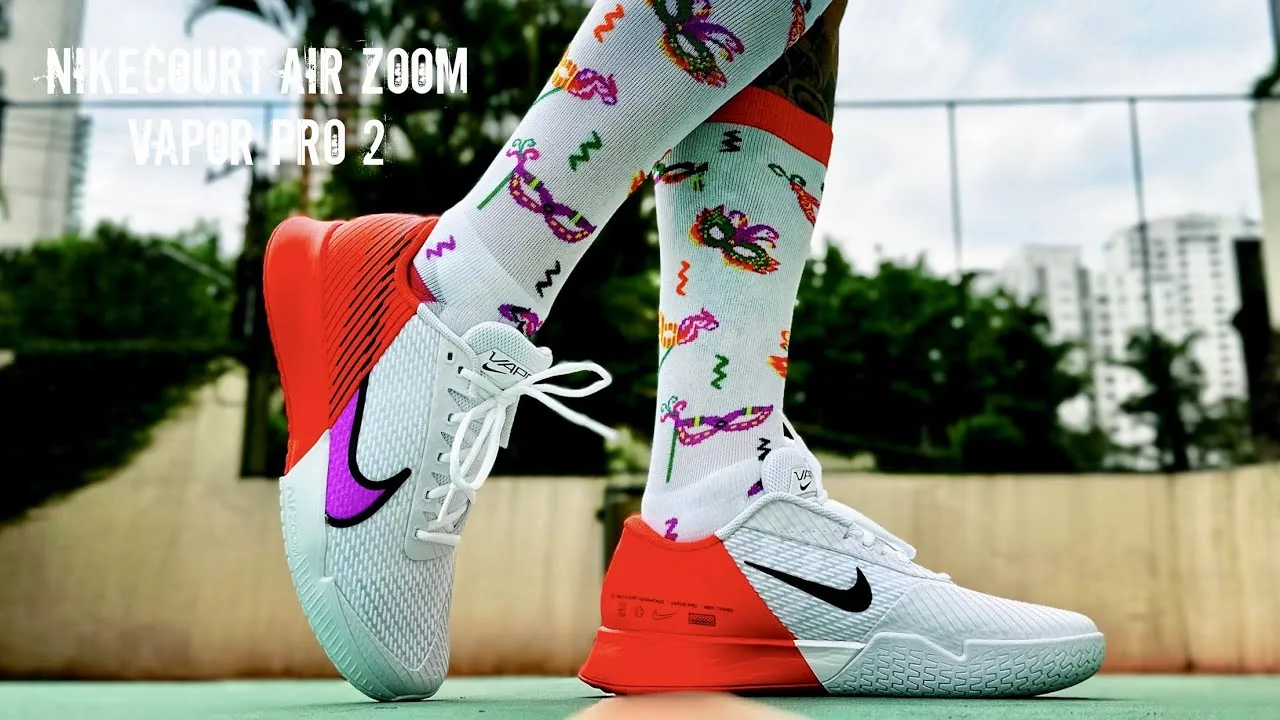Introduction
Every person’s personality is like a painting, unique in its colors, shapes, and depth. But what determines the strokes of this painting? One of the most influential factors is culture. The Cultural Canvas represents the way social norms, traditions, and values shape who we are.
In this article, we will explore how the Cultural Canvas influences personality development, why cultural factors are so powerful, and how individuals navigate personal identity in a globalized world.

1. Understanding the Cultural Canvas
The term Cultural Canvas is a metaphor for how culture acts as the backdrop on which personality is “painted.”
- Culture as the Base: Beliefs, traditions, and shared values act as the foundational color palette.
- Individual Traits: Personal experiences and genetics act like brush strokes adding unique detail.
Just like an artist relies on their canvas, individuals rely on cultural structures to build their identity.
2. The Role of Cultural Values in Shaping Behavior
The Cultural Canvas influences how we think, feel, and act.
- Collectivist Cultures: Prioritize community and interdependence (e.g., Japan, China).
- Individualist Cultures: Focus on independence and self-expression (e.g., USA, Western Europe).
These values impact decision-making, communication style, and even conflict resolution strategies.
3. Traditions and Rituals as Personality Shapers
Rituals and traditions play a big role in how people form their personality:
- Religious Practices: Instill discipline and morality.
- Festivals and Celebrations: Build emotional connection to heritage.
The Cultural Canvas integrates these practices, influencing identity from childhood.
4. Language and Thought Patterns
Language isn’t just a way to communicate—it shapes how we think.
- Examples:
- Some languages have dozens of words for “snow” or “love,” shaping nuanced thought.
- Bilingual individuals often display flexible thinking and problem-solving skills.
On the Cultural Canvas, language is one of the most powerful tools, influencing creativity and personality traits.
5. Social Norms and Self-Perception
Cultural norms dictate acceptable behaviors and influence how we view ourselves:
- Gender Roles: In some cultures, gender expectations strongly shape career choices and emotional expression.
- Social Hierarchies: Influence respect, authority, and how people interact with others.
These norms create boundaries and guide individuals in painting their own unique identity on the Cultural Canvas.
6. The Impact of Globalization on the Cultural Canvas
Globalization mixes cultural influences like never before:
- Hybrid Identities: People may adopt aspects of multiple cultures.
- Exposure to Diversity: Leads to open-mindedness and adaptability.
This “blending of paints” expands the Cultural Canvas, giving individuals more freedom but also creating identity conflicts for some.
7. Cultural Influences on Emotional Expression
Culture even affects how we show emotions:
- High-Context Cultures (like East Asia): Value subtlety and harmony in emotional expression.
- Low-Context Cultures (like the USA): Encourage open, direct emotional communication.
These differences demonstrate how the Cultural Canvas defines social interaction and personal relationships.
8. Education Systems and Personality Development
How a society educates its youth says a lot about its culture:
- Memorization-based Education: Builds discipline and conformity.
- Creativity-focused Education: Encourages innovation and risk-taking.
Education acts like a paintbrush, applying cultural values onto the personality traits of the next generation.
9. Technology and Digital Culture
In modern times, digital environments have become a major part of the Cultural Canvas:
- Social Media: Shapes self-image and social interactions.
- Online Communities: Offer exposure to new ideas and subcultures.
Technology is transforming culture at a rapid pace, leading to new forms of self-expression and identity building.
10. Finding Your Unique Place on the Cultural Canvas
Each person must decide how much of their culture to embrace and how much to redefine:
- Some stay deeply rooted in tradition.
- Others explore new influences, merging global values with personal heritage.
Your personality is ultimately your own masterpiece, painted on the Cultural Canvas but defined by your choices and experiences.

Challenges in Cultural Personality Formation
While culture provides structure, it can also create challenges:
- Cultural Pressure: Strict norms may limit self-expression.
- Identity Conflicts: Immigrants or multicultural individuals may struggle with belonging.
Overcoming these challenges involves self-awareness, openness, and understanding of cultural diversity.
Conclusion
The Cultural Canvas is an intricate, powerful influence on human personality. It defines our values, thought patterns, emotional expressions, and even career choices. Yet, every person has the power to add their own colors, blending tradition with individuality.
By understanding how culture influences our personality, we can better appreciate differences, embrace diversity, and build meaningful connections in a global world.








